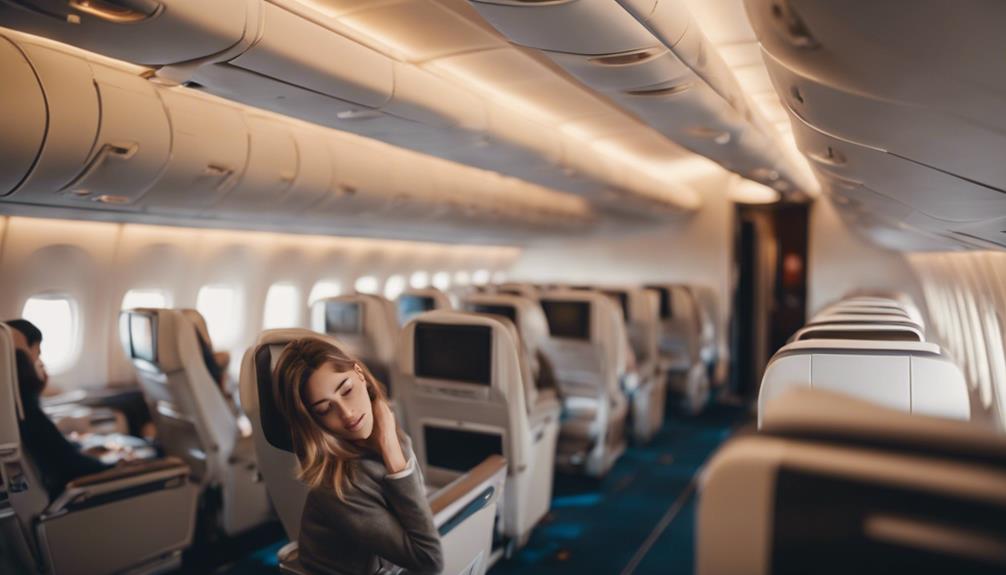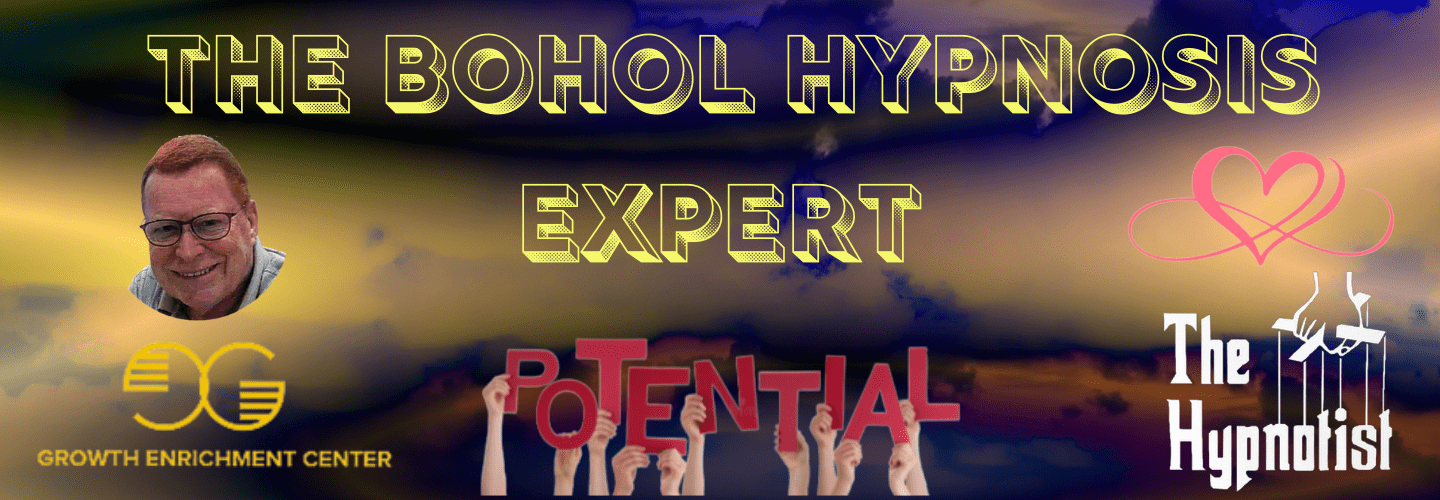
Empower yourself to conquer the fear of air turbulence with hypnosis, EFT, and NLP techniques. Hypnosis reprograms your responses, fostering relaxation and resilience during flights. EFT taps into emotions, releasing negative feelings tied to flying. NLP reframes thoughts, instilling calm and confidence amidst turbulence. Realize the power of transformation and inner strength through these methods. Mastering your fear is within reach.
Understanding Air Turbulence Fear
Understanding the fear of air turbulence requires a thorough exploration of the psychological and physiological factors that contribute to this prevalent apprehension among air travelers. Cognitive therapy plays an essential role in addressing this fear by focusing on changing negative thought patterns and beliefs associated with turbulence. By helping individuals challenge irrational beliefs and replace them with more realistic thoughts, cognitive therapy can reduce anxiety levels significantly.
Exposure therapy is another effective approach in tackling the fear of air turbulence. This technique involves gradually exposing individuals to the source of their fear in a controlled environment. By experiencing simulated or real-life turbulence situations, passengers can learn to manage their anxiety responses and build confidence in their ability to cope with such situations. Through systematic desensitization, exposure therapy helps individuals confront their fears and ultimately diminish their intensity over time.
Both cognitive therapy and exposure therapy offer valuable tools for individuals struggling with the fear of air turbulence. By addressing the underlying psychological factors and providing practical strategies for managing anxiety, these therapeutic approaches can empower individuals to overcome their apprehensions and enjoy a more relaxed flying experience.
Benefits of Hypnosis for Phobias

Utilizing hypnosis as a therapeutic tool has shown promise in assisting individuals with phobias to address and overcome their deep-seated fears effectively. Hypnosis benefits individuals dealing with phobias by providing a safe and supportive environment for exploration and healing. Through hypnosis, anxiety relief can be achieved as individuals learn to manage their fears and responses in a more controlled manner. The process of phobia resolution with hypnosis involves delving into the subconscious mind to identify and address the root causes of the fear, facilitating long-term healing and transformation.
- Empowers individuals: Hypnosis empowers individuals to confront and overcome their phobias by tapping into their inner strengths and resources.
- Enhances relaxation: Hypnosis techniques promote deep relaxation, helping individuals reduce anxiety levels associated with their phobias.
- Promotes self-awareness: Hypnosis fosters self-awareness, allowing individuals to gain insights into the origins of their phobias and work towards resolution.
- Encourages positive change: Through subconscious healing, hypnosis encourages positive changes in thought patterns and behaviors, supporting individuals in overcoming their phobias effectively.
EFT Techniques for Fear Resolution

Employing Emotional Freedom Techniques (EFT) can offer individuals practical and effective strategies for resolving fears and phobias. EFT is a form of energy psychology that combines acupressure with psychological interventions to address emotional distress. When it comes to the fear of air turbulence, EFT techniques can help individuals release their emotional blocks and reprogram their responses to flying.
One of the key aspects of EFT is its focus on emotional release. By tapping on specific meridian points while verbalizing the fear or phobia, individuals can experience a sense of relief and release from the intense emotions associated with air turbulence. This process helps in dissipating the fear response and promoting a calmer state of mind.
Furthermore, EFT is rooted in the concept of energy healing. By working on the body's energy system, EFT aims to restore balance and harmony, allowing individuals to overcome their fears and phobias. Through regular practice and guidance from a trained practitioner, individuals can rewire their responses to air turbulence and feel more confident when flying.
NLP Strategies for Mind Rewiring

Using Neuro-Linguistic Programming (NLP) techniques can provide individuals with effective strategies for rewiring their minds to overcome the fear of air turbulence. NLP offers practical tools that can help individuals shift their perspective and responses to turbulence.
- Anchoring Techniques: NLP utilizes anchoring to associate positive emotions and states with the experience of air travel, helping individuals create a more relaxed and calm response to turbulence.
- Visualizations: Through guided visualizations, individuals can imagine themselves feeling calm and in control during turbulent moments, thereby rewiring their subconscious reactions.
- Language Patterns: NLP helps individuals identify and reframe negative thought patterns related to air turbulence, promoting a more positive and empowering mindset.
- Timeline Therapy: By revisiting past experiences with turbulence and applying mindfulness techniques, individuals can reframe their perception of these events and reduce associated anxiety.
Case Studies: Success Stories

Starting on a quest to conquer the fear of air turbulence can be challenging, but hearing about real-life success stories can provide the much-needed inspiration and motivation.
These case studies offer a glimpse into the transformative power of overcoming this fear, showcasing the positive outcomes that are achievable through dedicated efforts and effective strategies.
Real-Life Transformations
Through personal narratives and documented accounts, individuals who have conquered their fear of air turbulence can serve as beacons of inspiration for others seeking to overcome this common phobia. Witnessing real-life transformations can instill a sense of hope and belief in the possibility of change. Here are some key takeaways from these success stories:
- Cultivating a Success Mindset: Embracing a positive outlook and determination.
- Committing to Inner Transformation: Working on deep-seated fears and triggers.
- Utilizing Hypnosis, EFT, and NLP Techniques: Applying effective tools for overcoming phobias.
- Seeking Professional Guidance: Consulting experts for tailored support and guidance.
These stories highlight the power of resilience, the effectiveness of therapeutic interventions, and the importance of seeking help in maneuvering through fear.
Positive Outcomes Evident
In exploring the domain of conquering the fear of air turbulence, tangible evidence of positive outcomes emerges through compelling case studies of individuals who have triumphed over this common phobia. Success stories and testimonials highlight the transformative power of mindset shifts and empowerment in overcoming the fear of air turbulence.
These individuals, once gripped by anxiety and panic during flights, now navigate through turbulence with calm and confidence. Their accounts not only inspire but also provide practical insights into how techniques like hypnosis, EFT, and NLP can effectively alleviate this fear.
Tips for Fear-Free Flying

Starting on a fear-free flight is within reach with the right strategies. Methods like regulated breathing, imagery, and captivating distractions can help alleviate anxiety during air turbulence.
Let's explore these effective approaches to guarantee a smoother and more peaceful flying experience.
Breathing Techniques
Implementing calming breathing techniques can greatly alleviate anxiety and fear during air travel, providing a sense of control and relaxation amidst turbulence. Here are some practical tips to help you stay calm and grounded while flying:
- Mindfulness exercises: Focus on your breath, observing each inhale and exhale.
- Relaxation techniques: Practice progressive muscle relaxation to release tension throughout your body.
- Grounding methods: Engage your senses by touching an object or feeling the texture of your seat.
- Calming visualizations: Imagine yourself in a peaceful place, visualizing every detail to distract from anxious thoughts.
Visualization Techniques
During air travel, incorporating visualization techniques can be a powerful tool in maintaining a sense of calm and confidence, helping individuals navigate through moments of turbulence with ease. Engaging in relaxation exercises before and during the flight can greatly reduce anxiety levels.
One effective method is to practice deep breathing while picturing oneself in a peaceful setting, such as a serene beach or a tranquil garden. This mental imagery helps in shifting focus away from the fear of turbulence towards a more positive and relaxing environment. Visualizing a smooth and safe flight can instill a sense of reassurance, making the experience more manageable.
Distraction Methods
To alleviate the fear of air turbulence during flights, employing distraction methods can be highly beneficial for passengers seeking a fear-free flying experience. Distraction techniques can help shift focus away from anxiety-inducing thoughts towards more calming and positive experiences. Here are some effective strategies:
- Relaxation exercises: Deep breathing, progressive muscle relaxation, or guided imagery can help calm the mind and body.
- Cognitive restructuring: Challenge negative thoughts about turbulence by replacing them with more realistic and positive beliefs.
- Grounding techniques: Engage your senses by focusing on tangible objects or sensations around you to stay present and connected to the environment.
- Positive affirmations: Repeat reassuring statements to yourself to build confidence and reduce fear.
Implementing these distraction methods can significantly enhance your flying experience.
Frequently Asked Questions
Can Hypnosis, Eft, and NLP Be Used to Help With Other Types of Phobias Besides the Fear of Air Turbulence?
Phobia treatment utilizing various therapeutic modalities like hypnosis, EFT, and NLP can greatly help individuals with a wide range of phobias. These approaches are effective in providing anxiety relief and empowering individuals to overcome their fears.
How Long Does It Typically Take for Hypnosis, Eft, and NLP Techniques to Show Results in Overcoming a Fear or Phobia?
In addressing fears and phobias, the speed of results can vary depending on individual factors. Success rates are often encouraging, with noticeable improvements in a few sessions. Follow-up care is essential for long-term success, ensuring lasting positive outcomes.
Are There Any Potential Side Effects or Risks Associated With Using Hypnosis, Eft, or NLP for Fear Resolution?
When considering utilizing therapeutic methods like hypnosis, EFT, or NLP for fear resolution, it is important to be aware of potential risks. Safety precautions must be observed to mitigate any adverse effects, ensuring long-term success rates and positive outcomes for individuals seeking assistance.
Can These Techniques Be Effective for Individuals Who Have Had a Fear of Air Turbulence for Many Years?
When addressing long-standing fears such as air turbulence, exploring effective techniques that leverage the mind-body connection, anxiety relief, relaxation methods, and mental health support can lead to tangible improvements in managing and potentially overcoming this specific fear.
Are There Any Specific Qualifications or Certifications That a Practitioner Should Have in Order to Effectively Use Hypnosis, Eft, and NLP for Fear Resolution?
When seeking practitioners for fear resolution, qualifications play an essential role. Look for certifications in relevant fields, ensuring expertise in hypnosis, EFT, and NLP. These qualifications indicate a commitment to professional standards and the ability to effectively address fears and phobias.
Conclusion
To sum up, hypnosis, EFT, and NLP are effective tools for resolving the fear of air turbulence.
By utilizing these techniques, individuals can rewire their minds and overcome their phobias, leading to a fear-free flying experience.
Remember, the sky is not the limit when it comes to conquering your fears.
Take the Next Step
Do not be afraid to reach out to me, Mark E Wilkins, to assist you in any issues you might have. Most Hypnotherapy sessions last 2 hours and EFT Sessions are usually handled with one session. Life Coaching is 45 minute session, once a week. Self-Hypnosis is taught in one session, and lasts a lifetime.
To make an appointment, first listen to the Pre-talk and fill out he Complementary Healthcare Provider Disclosure. The use the Contact Form to request an appointment with the Bohol Hypnosis Expert.
Self-help downloads are available. The self-hypnosis program to teach you how to self-hypnotize is here.
Take the Next Step
Do not be afraid to reach out to me, Mark E Wilkins, to assist you in any issues you might have. Most Hypnotherapy sessions last 2 hours and EFT Sessions are usually handled with one session. Life Coaching is 45 minute session, once a week. Self-Hypnosis is taught in one session, and lasts a lifetime.
To make an appointment, first listen to the Pre-talk and fill out he Complementary Healthcare Provider Disclosure. The use the Contact Form to request an appointment with the Bohol Hypnosis Expert.
Self-help downloads are available. The self-hypnosis program to teach you how to self-hypnotize is here.





